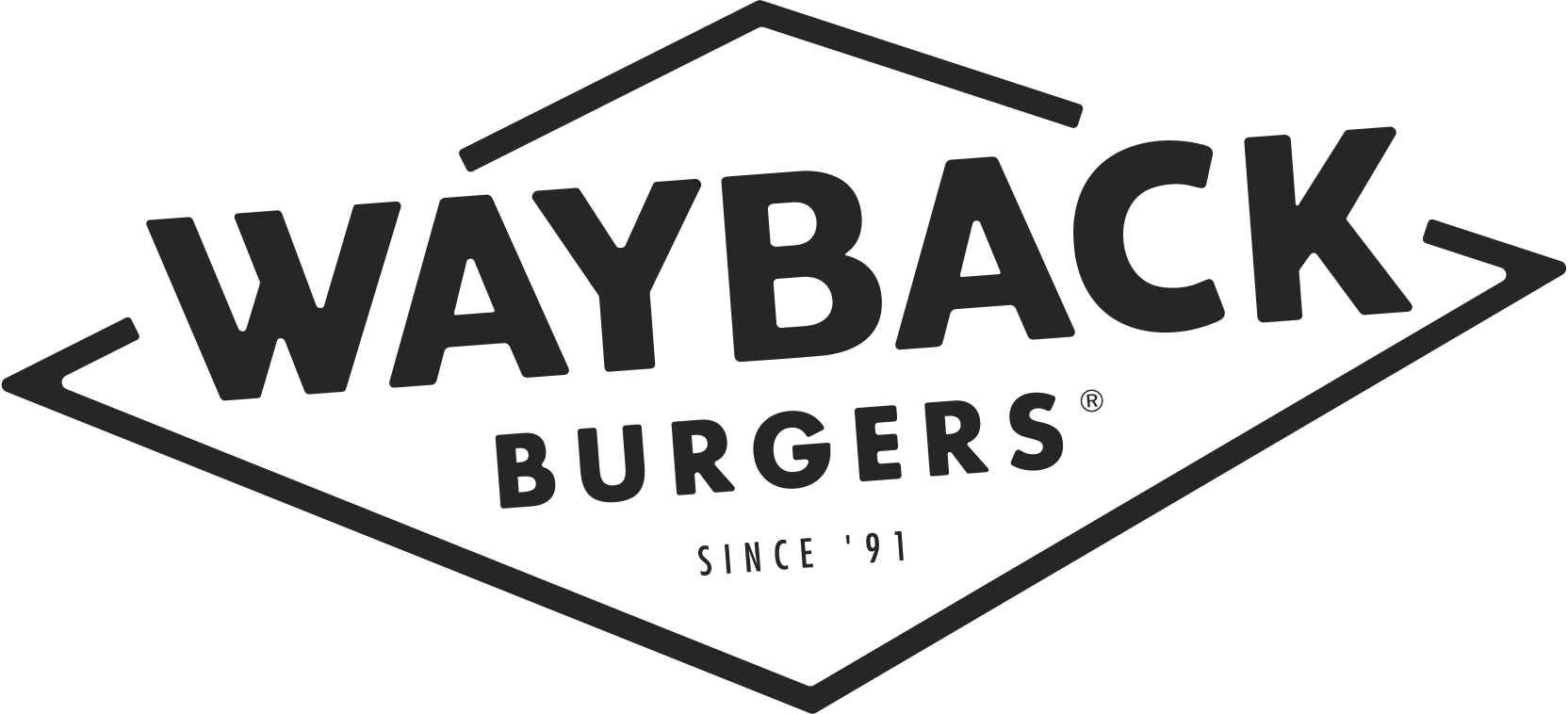By Bill Melver
My daughter, a County Judge and attorney recently asked over our occasional lunch, following my concern about the mounting debt of this country, as the Congress passed the first stimulus package, “So why does that matter and where does all that money come from?” The question was a great one and for most Americans, we don’t know the exact answer nor even cares. For one, there’s no simple one-line answer – it falls into that oft-used response, “It’s complicated”. So I decided to do some research.
First thing I decided was to look at America as if it were a person with income and expense obligations. What would America’s credit score be? How often do we look at our own credit scores, or do we even care? Only when it comes to making a major purchase like a house or a car. That’s when we find out, having a good credit score can mean the difference of fifty or even hundred dollars in monthly payments. That could end up to be some serious money over the course of 5 years for cars and 20 to 30 years for a mortgage.
There is an investment research and academy called Investopedia, which performed some studies on the subject, and based on their work, America’s credit score turns out to be around 650, which is about average – not bad, not great. Even though our national debt continues to climb to unprecedented amounts, about $14 trillion at the start of 2019 to over $25 T on May 1 of this year! Most of us haven’t a clue, what trillion dollars look like or can buy. As a starter, how many zeros follow the one to express a trillion – six, nine? turns out, it’s 12 – so a trillion is 1,000,000,000,000. So now, let’s break that down into some realistic comparisons that most of us can appreciate. For example, there are about 331 million people is America. If we were to take $1 T and equally divided that pile of money to every America, that would come to $3,215 and some change. Not an earth-shaking amount of money, but let’s put that into perspective of the increase in our national debt since the start of 2019, when we went from $14 T to $25 T, a whopping $11 T. Now multiply that by the $3,215, which comes to $35,369. That is the share of every American’s national debt. If you’re a family of four, that figure is $141,479!!
Most of you will probably say, “So what, who cares?”. For the average American, these numbers have very little effect on our daily lives. Especially in today’s economy, when the interest rates are incredibly low – the Fed rate is currently at zero – can you imagine that and a 20-year mortgage rates are hovering around 2.75%. So for some of us, these are heady times, especially if you have a job. But if you happen to be among the 40 million, who have lost jobs and have applied for unemployment benefits, it doesn’t matter how cheap, the cost of a loan – what good is that, if you don’t have the income to make those monthly payments. And this national debt ultimately does have an effect for every American because, as in the case of our personal credit scores, as our nation’s indebtedness increases, the cost of servicing that debt goes up so the total income, mostly tax revenues have to be reallocated to service those debts, ultimately reducing the amount left for government services and benefits like social security and Medicare. Reduction of governmental services lowers our quality of life and reducing those benefits ultimately affect all Americans. Simply put, if this were you, which of your monthly expenses – mortgage payments, utility bills, your groceries – would you cut and what would be the consequences?
To put this all into perspective for the layman, the concept of “percentage of GDP” is often helpful. GDP is our “gross domestic product” or think of it as our national income. It’s what our country produces, as measured by economists and government officials. In early 1940’s, just prior to our entering WW II, that percentage was around 45%. In other words, our National debt was 45% of our GDP. Just after the war, that number had ballooned to almost 120%, due to the necessary war expenses of building tanks, airplanes and of course the cost of sending our troops abroad to fight the war. But this expense was also an investment in America and those factories that were built to make those war related products suddenly were converted to factories that began to crank our Chevies and John Deere tractors and Frigidaire refrigerators. In the short 5 years after the war, that ratio of debt to GDP had dipped below the pre-war 45% and by 1975, it hit an all-time low of 32%. That was because this nation was united. We all rolled up our sleeves and went to work, a far cry from the America we find ourselves in today. Today, our National debt is rapidly approaching that 120% of GDP. In layman terms, we’re spending more than what we make. If you are among those, who are piling up credit card debts and living beyond your means, I think you know the trouble we are headed for. And far different from the post-war days, this nation is deeply divided. Do we think we have the will to roll up our sleeves and get back to the challenge of slowly chipping away at this mountain of national debt.
So is America broke? Well, not exactly because of our natural wealth and resources. No other country is blessed with so much natural wealth – we have more farmable land, enough to feed our nations and grow surplus that can be sold to other less fortunate nations like China. Or timberlands are also enormous, producing the raw materials necessary to produce our daily needs like paper products and building supplies. So our capacity to increase our GDP is almost limitless, we just need to go to work to increase productivity and implement work efficiencies. And that can only be done by leveraging American ingenuity and creativity – the kinds of resources that put a man on the moon and created Microsoft and iPhones. So, yeah, we’re not broke but we certainly should be better than the 650-credit score, which we are currently, based on the rate at which we are increasing our National debt.
Is America Broken?
So is America broken? Now that’s a different kettle of fish, as my friend, Len Vickers (GE VP of Strategic Marketing, circa 1988) would say. Let’s start with the official title – we are the United States of America. The fifty states that make up our nation have come together as a union to people dedicated to “Form a more perfect Union, establish Justice, insure domestic tranquility, provide for the common defense, promote the general welfare, and secure the blessings of liberty to ourselves and our posterity”, so stated in the Preamble of our Constitution. As we witness the events that have completely consumed most Americans, beginning with the COVID-19 pandemic and now, nation-wide demonstrations and race riots destroying property pitting Americans against Americans. When this word “Broken” is used, one often think of it in terms of something that is not working as it was originally intended. So if you look at today’s America and compare that against the words of the Preamble stated above, what other conclusion can one arrive at – any bystander would say, yes, this system of government is broken.
So now that we’ve established the obvious, what do we do about this dilemma? I hope most Americans wouldn’t reach the same position as in the “Are we broke” question by saying “Who cares!” Every American should care and should be asking themselves, “Do I want to be a part of the problem or part of the solution?” Because I truly believe every American, to a greater or lesser extent, must share in the blame of the predicament we find ourselves in. I realize we are all different individuals, each compelled to act and decide on all matters, including whether or not to become politically engaged. But those are more extreme actions. There are far less, simpler actions, like wearing a mask, when we go out, just to show your support for the rule of law. Even a simple random act of kindness can be effective. Every day, I read about and see on live TV, the brave Americans, serving in all walks of life, just so the rest of us can enjoy the necessities to sustain our livelihood. And by all means, voting rises to the top of the list of simple things we should be doing as Americans. In the last four presidential elections, voter turn-out hovered in the low 60 percent (2016 was 61.4). There was a time in our history when voter turn-out were in the 70 to 80 % range ( 1830-1900). Political analysts conclude that people are disillusioned. Indifference and sense of futility – excuse me? So they prefer to go out and march in protest and incite violence and rooting and destroy? Of course, these are only a miniscule fraction of all Americans. Most of us are peace loving, law abiding people, sitting home and watching the “Brokenness of our nation” on TV.
So back to my original question “America: Broke, Broken or Both” – in the humble opinion of this American, “We are not broke, at least not yet but we are slowly heading in that direction, but we are definitely Broken”. However, unlike Humpty Dumpty when all the Kings men couldn’t put him back together after he fell off the wall, America can be fixed. We need every American to wake up and do his/her part, big or small to have a role in fixing the problem. After all, we are a nation of People, all people of race, color and creed, and that providence has brought us together to form a more perfect Union.






















